Popular games for collection Xuan-Yuan Sword
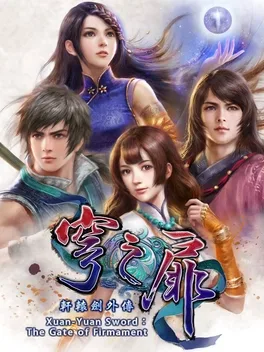
The “Xuan-Yuan Sword” is an epic oriental RPG series with 25 years of history.It elaborates on the very heart of this series, the idea of "one, looking at the same thing from different angles, may come to different conclusions. " through a variety of historical incidents in different times. Features : 1. New facial animation and lip-sync systems to enhance facial expression and animation. 2. New MVN motion capture system that creates real-time character animation. 3. Real-time combat to make the combat look much more realistic, intense, and diverse. 4. New Battle field System to make the game much more fun and enjoyable to play. 5. New Cauldron System (the Urn of Spirit Infusion) to synthesize demons as well as refine or even upgrade their equipments to a better one. 6. New Guardian System to enable players to capture demons and use them in the game as a combat companion. 7. New Talisman system that will add additional buffs to players when equipped.
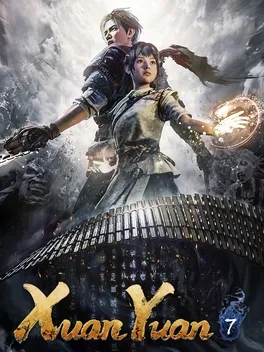
Xuan-Yuan Sword VII is an ARPG rooted in Chinese history and mythology. Players take on the role of Taishi Zhao, a calm and reliable swordsman who was accidentally involved in a tragic fate. To protect his beloved family, he starts a journey in this chaotic realm to find the truth.

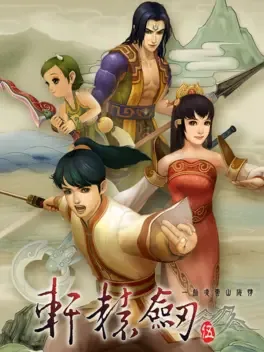
This game is a turn-based RPG. The protagonist, Lu Chengxuan, possesses great power but cannot control it. By a twist of fate, he arrives in the mythical realm of Shanhai, where he meets a variety of wonderful companions from different species. Together, they unravel the mysteries of the Shanhai realm, the Yellow Emperor, and the Xuanyuan Sword, embarking on an exciting journey filled with climactic turns.
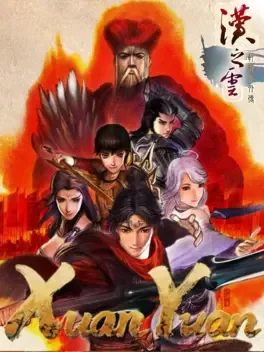
The game is set in the era of the Three Kingdoms, Wei, Shu and Wu and feature famous historic figures. Zhuge Liang, the chancellor of the kingdom of Shu had engaged on multiple northward military expeditions with little success. On Zhuge Liang's Third Expedition, a secret military group called "Fei Yu" (飛羽)(meaning Flying Feather, deriving its name from the two famous generals of Shu kingdom - Zhang Fei and Guan Yu)carried out various missions in the war to further the interests of Shu. However, on the Fourth Expedition, Thanks to its own group of powerful secret operatives, Wei was able to discover and exploit critical weaknesses of Shu, prompting The Feathers to take action. The game addresses issues of loyalty and duty, as well as the harsh realities of warfare and peace. A live-action television series based on the game has been released.
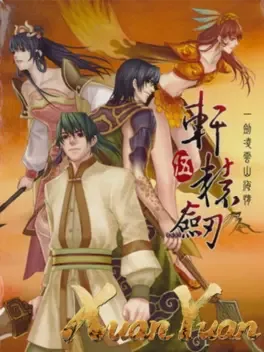
(Chinese: 軒轅劍伍: 一劍凌雲山海情) The main character Lu Chengxuan (陸承軒) killed his parents as a result of not being able control his mysterious power, and was about to die in the wilderness as an outcast when he was coincidentally brought to the World of Shanhai through a portal created by Huangfu Muyun (皇甫暮雲), a powerful wielder of sword energy and the avatar of the Xuanyuan Sword, using the Pangu Axe. There, he encounters Xia Rou (夏柔), second empress of the Kingdom of Women. The two traveled around the world, meeting with people from other kingdoms, and set out to accomplish a task given to them by the Elder of the Green Dragon Kingdom, leading to a confrontation with the exiled Princess of Heaven, Qing'er (青兒), who helped the Yellow Emperor, Ji Xuanyuan (姬軒轅), claim the mortal world for humans and was banished due to her newly acquired form causing cataclysmic droughts after expending her power in aiding him in reforging the sword that would later be known as the Xuan Yuan Sword.
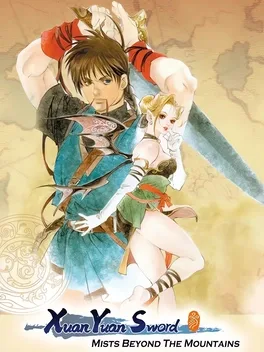
This Game is one of the most popular RPGs in the Chinese Speaking Area and has won many awards around Asia. The game story takes place in an era of collision between East and West, covering a wide range, spanning Eurasia, the Arab World, Francia, and China. Xuan-Yuan Sword: Mists Beyond the Mountains is a classic turn-based RPG. Under the orders of Pepin III, the Frankish Knight Septem has embarked on a long journey to seek the Invincible Arts of War. Starting from the canals of beautiful Venice, the great knight's path has spanned the Middle East, Western Regions on his way to the mystical orient. In his adventures, Septem has drawn into the intricate power disputes between local powers, along with the decade-spanning ambitions of the dark lord, Satan. China enjoys peace and prosperity under the rule of the Tang Empire, Europe finds itself embroiled in the Dark Ages, the Arabian Empire is ascendant, and all the while, the march of progress brings these disparate cultures together. From ancient times, Chinese legends have spoken of the Xuan-Yuan Sword and Spirit Fusion Pot, along with the rise of great legends in the new era... The scope of Xuan-Yuan Sword: Mists Beyond the mountains covers a wide range, spanning all of Eurasia and covering the Arab World, Francia, and China. From the canals of Venice, Damascus to the beautiful Chang’an, the story introduces unique architectural styles, clothing, food, and customs. Players can use the Spirit Fusion Pot to capture enemies in battle. Items and monsters can be used to craft a new item or monster from the codex. Users can craft items and monsters from the Eastern or Western altars, which the resulting item differing based on the selected altar.
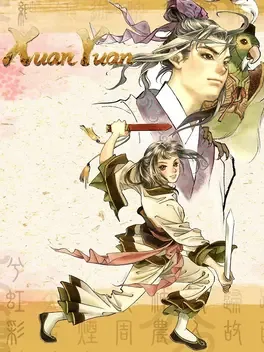
This game is the fourth installment of the main series. The game is the first to be presented in 3D, both in environment and in combat.
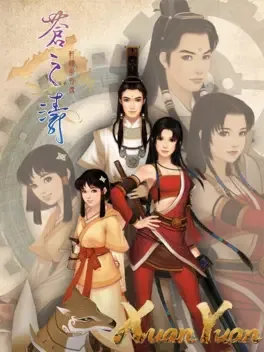
The game opens with an alternate version of the Battle of Fei River, a battle between Former Qin and Eastern Jin. It concludes with Eastern Jin's surrender to Former Qin. Former Qin merged with Eastern Jin and united the entirety of China. On December 3, 2015, an animated series inspired by the game called Xuan Yuan Sword Luminary (軒轅劍:蒼之曜 / Ken En Ken: Aoki Kagayaki, literally "Xuan-Yuan Sword: Lights of the Bleak") was announced as a collaborative project with TV Tokyo and Studio Deen and began airing on October 2, 2018 in Mainland China, Taiwan, as well as Japan.
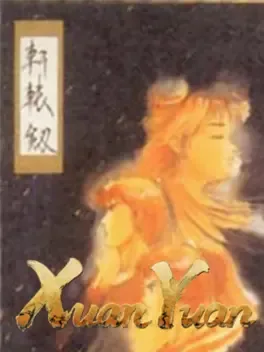
The game featured standard VGA 16-colored 640x480 screen, complete with party-members, round-based combat, full-screen sprite animation, various monsters, Chinese-styled AdLb music, sound effects, animated spell effects, as well as full Chinese interface, which was a great hit in Taiwan's computer game market at that period.
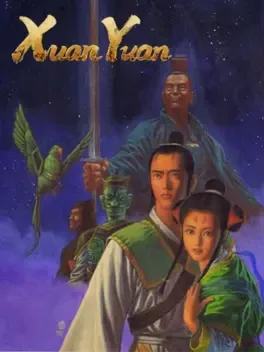
Being the first game in the series to have connection with real world history, Dance of the Maple Banners inherited most of the previous game's interface, arts, and battle system, with subtle modifications, and wrapped with new plot. More realistic ancient war machines were made alive, while historical figures such as Mozi, Lu Ban, Sun Bin, could be encountered in the game. As were the cases with most other standalone tales titles, players do not have the chance to wield the Sword. In this game the Sword is in Shu Sangzi's possession, and is used against players. In the final battle, Shu uses a move called Xuan-Yuan Sword Technique (軒轅劍法), which inflicts serious damage to the player party.
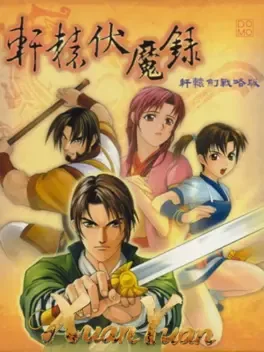
This is an experimental strategy RPG utilizing 3D environments with 2D character sprites set in an alternate continuity to the core Xuan-Yuan Sword games, but still contains a few elements related to Xuan-Yuan Sword 3. The protagonist Fu Zixun (輔子洵) is a young man who goes on a journey after of his clan's destruction and the Monster Fusion Vessel's theft caused by Jiutian (九天), the malevolent entity the protagonist's younger clan sister Zhu Yuanyuan (朱媛沅) accidentally unleashed. On his journey, he encounters allies including Ding Yun (丁芸), the kind and trusting daughter of a renowned doctor, Jiang Wushuang (江無雙), a bossy young girl who ran away from home and leads a group of bandits she defeated, Zuo Zhenhe (左震河), a respected and mighty guard leader for transporting goods, Qiu Qianli (裘千里), a skilled but kind-hearted thief, Leng Zhongqiu (冷仲秋), a stoic hero with a dark past, Qise (七色), a fox spirit with a feminine human form who is the elder sister to Jiutian, and Liang Cuo (梁錯), a slightly bumbling young man from a secretive family known for skills in engineering and the occult.
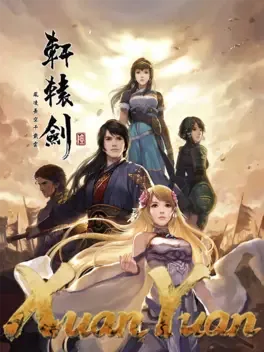
軒轅劍陸: 鳳凌長空千載雲(Chinese) In c. 1046 BCE, the Battle of Muye erupted. The leader of the Zhou of the west, Ji Fa, took the opportunity presented when King Zhou of Shang rallied his forces in a southeastern expedition and when the Shang capital of Zhaoge was undefended to form an alliance with leaders in the west at Mengjin to perform a swift strike against the capital. The DLC Chapter of Zhuo Shanzhu (濁山鑄篇), released as an free update, features a story involving Zhuo Shanzhu (濁山鑄), the elder brother of Rong Shuang previously presumed to be dead, and his investigation of the nature of Black Fire, the Black Fire Sect, and the history and technology of the lost kingdom of Sanmu.
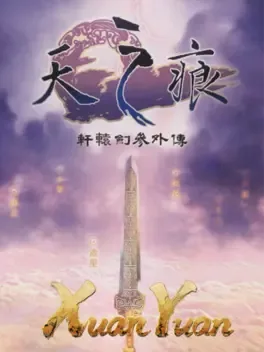
The Magic System is revamped in this game. All magics now belong to one of the five elements of metal, wood, water, fire, and earth in Chinese mythology. The game was released on December 2, 2000. A television series based from the game, produced by Chinese Entertainment Shanghai Limited, starring Hu Ge and Cecilia Liu, aired in 2012.
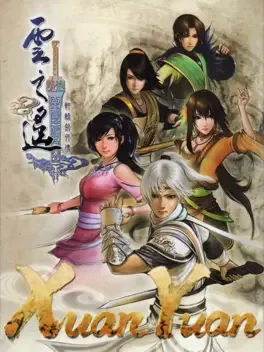
軒轅劍外傳: 雲之遙 (Chinese) The Clouds Faraway, also set in the era of the Three Kingdoms, is presented with a contrasting viewpoint to the Han Clouds. The main character, Xu Muyun (徐暮雲), was adopted by Xu Shu and raised in the Kingdom of Wei. Muyun grew up with his childhood friends Lanyin (蘭茵) and Zhang Gao (張誥) in the house of Zhang He, and the three youngsters vowed to fight for their homeland and bring about prosperous days together. Through his journey, Muyun came to a new level of maturity, learned of his true identity, realized the meaning of duty and friendship, and witnessed the ruthlessness of war. The story is continued after the main game in three DLC chapters, released to enrich the story. These three chapters are: The Chapter of Wuzhang Plains: Muyun (Chinese: 五丈原暮雲篇), The Chapter of Wuzhang Plains: Zhaoyun (Chinese: 五丈原朝雲篇), and the lengthy and critically acclaimed Chapter of Lan Yin (Chinese: 蘭茵篇).
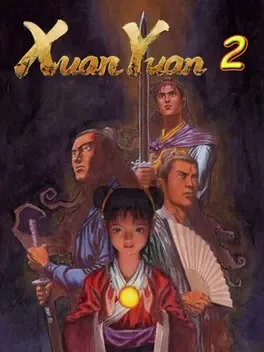
Many key features of the game series were introduced with this game. It was set in 320×240 256-colored screen (in the once-popular VGA X-mode). In-game artworks such as scenes, monsters, character portraits, items were fashioned in Chinese painting style.